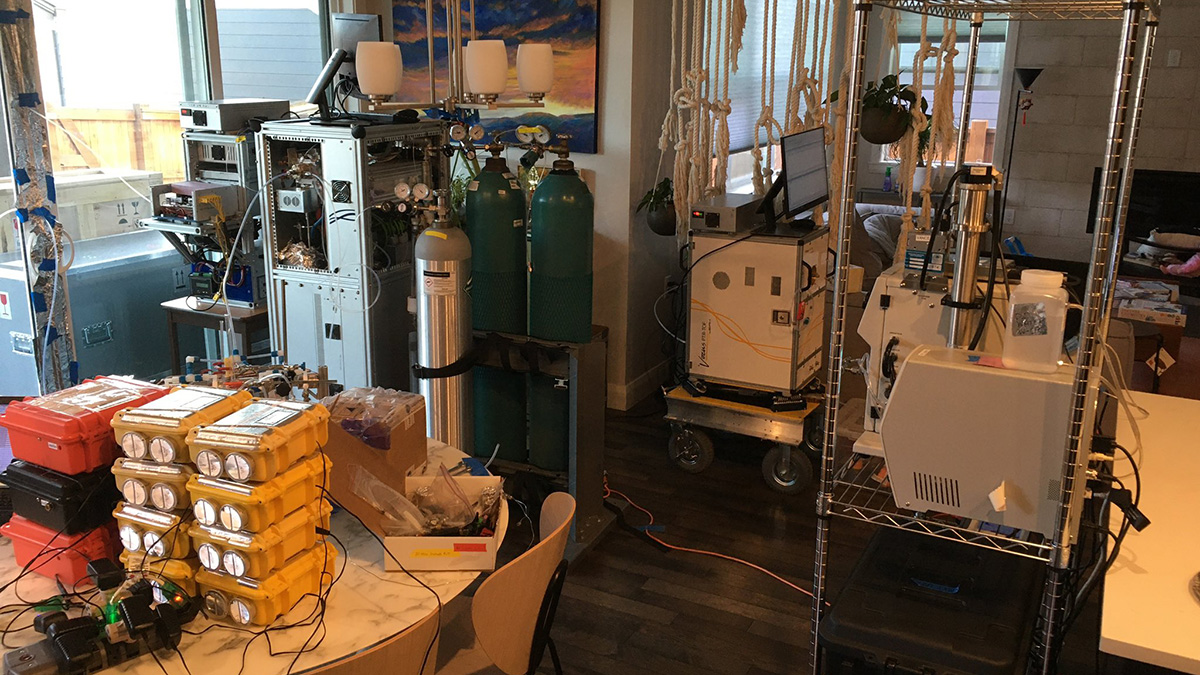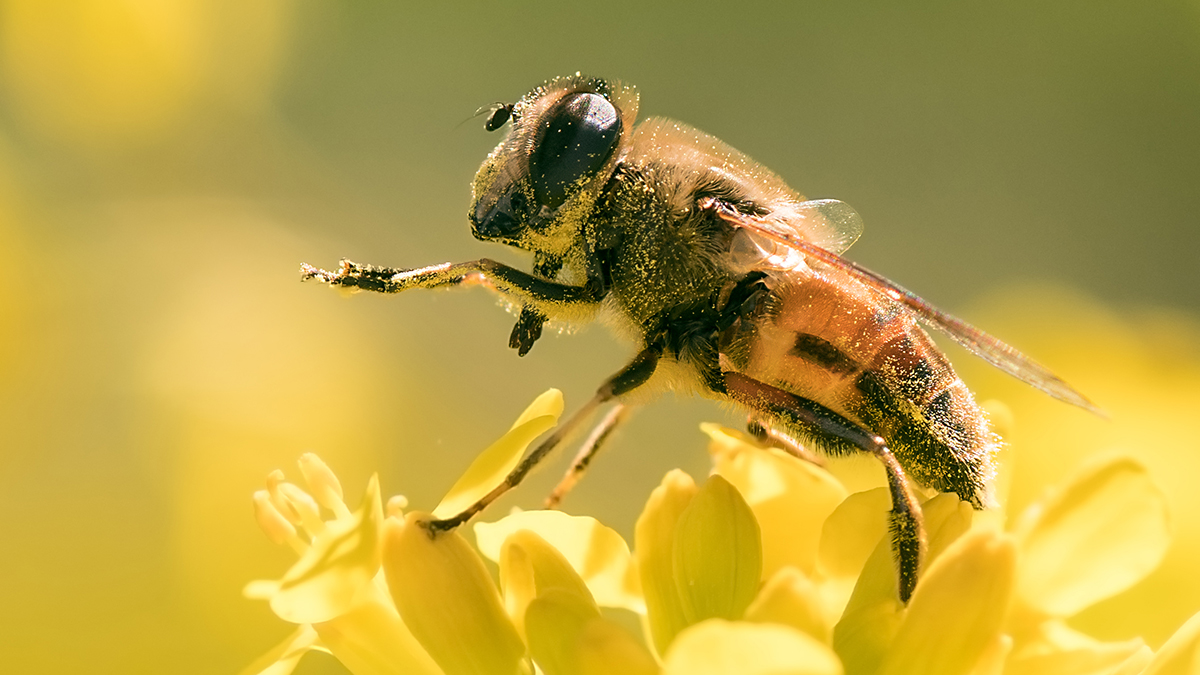New technologies seek to remove and destroy dangerous PFAS chemicals in contaminated water.
Health & Ecosystems
Crowdsourced Science Helps Monitor Air Quality in Smoke-Damaged Homes
Researchers collaborate with residents to measure airborne chemicals in homes and evaluate how clean the air really is after remediation from Colorado’s Marshall Fire.
Pollination Plummeted 31% in Polluted Fields
Air pollution levels below “safe” limits (and lower than those commonly found in cities) led to a significant decrease in pollination by 10 common insects.
Exposure to Low Levels of Air Pollution Increases COVID-19 Risk
Although causality has yet to be established, an Italian case study found that an increase in annual average exposure to PM2.5 was associated with a jump in the rate of COVID-19.
Coal Seam Fires Burn Beneath Communities in Zimbabwe
Underground fires threaten the health of people and livestock living near mines supporting the country’s growing coal industry.
Magnetic Stop Signs Show Birds the Way Home
Just like salmon and sea turtles, these songbirds appear to be sensitive to shifts in the magnetic field.
Lake Michigan’s Salinity Is on the Rise
Road salt is primarily to blame for the shift, though the water remains within safe levels for now.
Deforestation Is Flooding West African Coasts
The lack of trees is contributing to increased rainfall along the coast of southwest Africa, where communities are already vulnerable to flash flooding.
Climate Change Could Reshape Pathogen Profile of Diarrheal Disease
An illness caused by rotavirus could recede as temperatures warm, whereas wetter conditions might favor some bacterial competitors.
The 2-Year Countdown to Deep-Sea Mining
A small island nation is forcing the hand of international regulators to finalize rules for deep-sea mining, but scientists say the environmental consequences are not yet clear.










